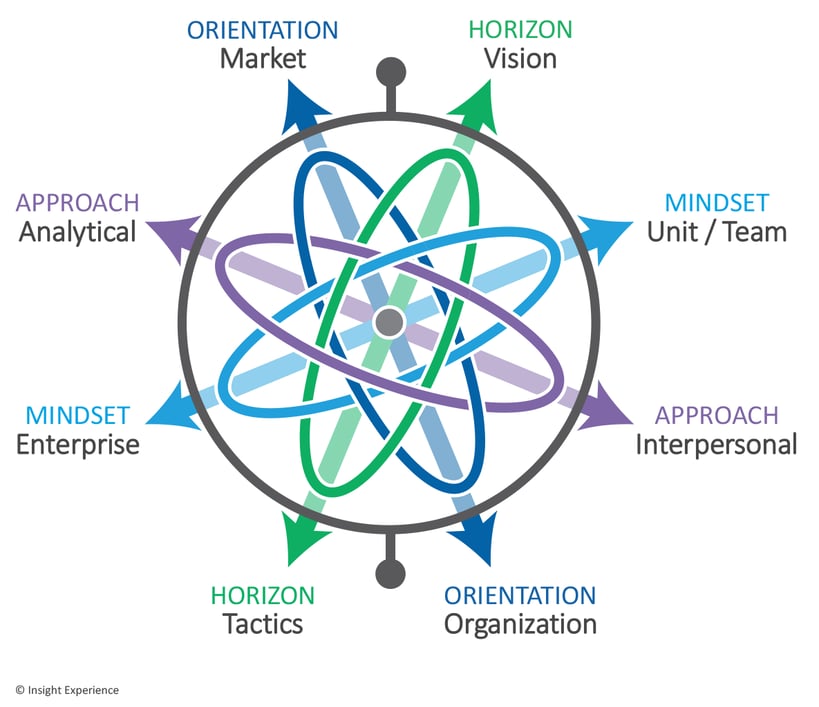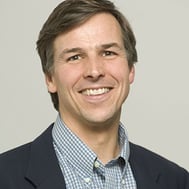The value of Balancing Leadership™ is clear: Balancing your Orientation (organizational vs market), your Approach (analytical vs interpersonal), and your Horizon (tactical vs vision) makes you and the organization you lead more effective. Balance is good.
Or is it?

You can’t get far in considering the virtues of Balancing Leadership™ without running into a sticky question: What about our natural strengths?
Strength-based leadership has become a widely researched and accepted concept, supported by the work of Gallup (Clifton, Buckingham, Coffman, Rath) and Zenger-Folkman, among others. The message for strengths-based leadership is equally clear: Focus on your strengths while managing, but not necessarily correcting, your weaknesses. Much leadership development has been overly focused on trying to “fix” the things we’re not good at: Be more “strategic.” Communicate more effectively. Anticipate risk. Strength-based leadership suggests this focus is misguided.
So ... which is right? Double down on your strengths? Or work to become more balanced? Well, the answer is actually both. And, in fact, the two ideas are not as opposed as they may appear.
Balancing Leadership™ starts with strengths. It recognizes that all of us start with unique talents that we can develop into strengths, which enable extraordinary contribution. The first and most important premise of Balancing Leadership™ is that you must be self-aware: You have to know who you are and what your strengths are. Tom Rath reiterates this in Strengths Based Leadership when he says:
“What great leaders have in common is that each truly knows his or her strengths — and can call on the right strength at the right time.”
Leaders also need to understand their weaknesses and when they can become disabling — or Fatal Flaws (Zenger-Folkman). Disabling weaknesses can only be corrected if they are recognized. History is littered with heroes undone by a “blind spot” or disabling weakness. There are many ways to compensate for weaknesses (for example, leveraging complementary strengths, building strategic partnerships), but none of it will work without self-awareness.
Finally, you need to think of your strengths (and weaknesses) in the context of organizational need: When you operate from your natural strengths, are you giving the organization what it needs from you as a leader? In a complex world where leaders must manage many polarities, diverse organizations make diverse demands on their leaders. Employees need the vision and the plan to get there; they need inspiration and logic; they need support and accountability; and they need market perspective and organizational perspective.
Balanced leaders do not have to be equally good at all these, nor should they be. However, a good leader should understand the organizational context she is in and be aware of the balance required to make good decisions and execute them effectively in that context. As Rath also said, “Although individuals need not be well-rounded, teams should be.”

Nick Noyes
Nick Noyes is a co-founder and partner of Insight Experience. He has more than 20 years of experience working with clients on education and strategic change initiatives. His work spans many activities, including the design of simulation-based educational programs, executive facilitation, coaching, and action learning initiatives. In addition to the leadership he provides for Insight Experience and its clients, Nick is responsible for the company’s strategy, business development, and marketing efforts.









